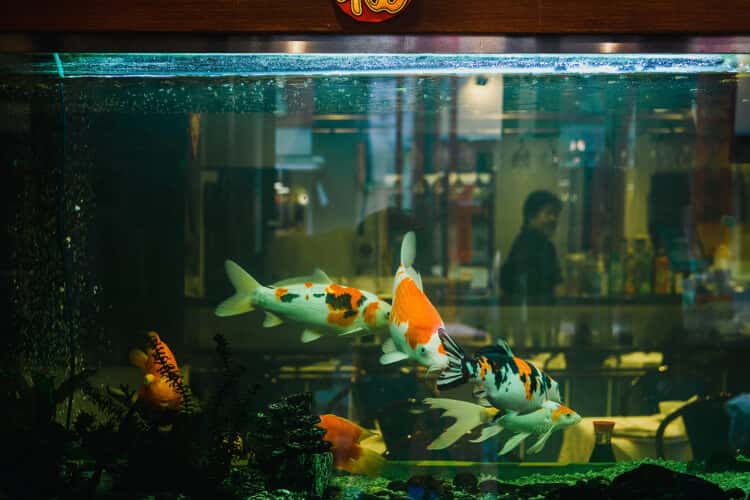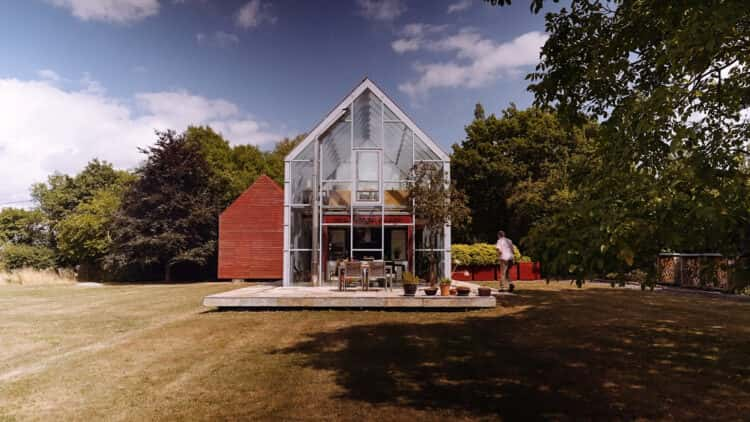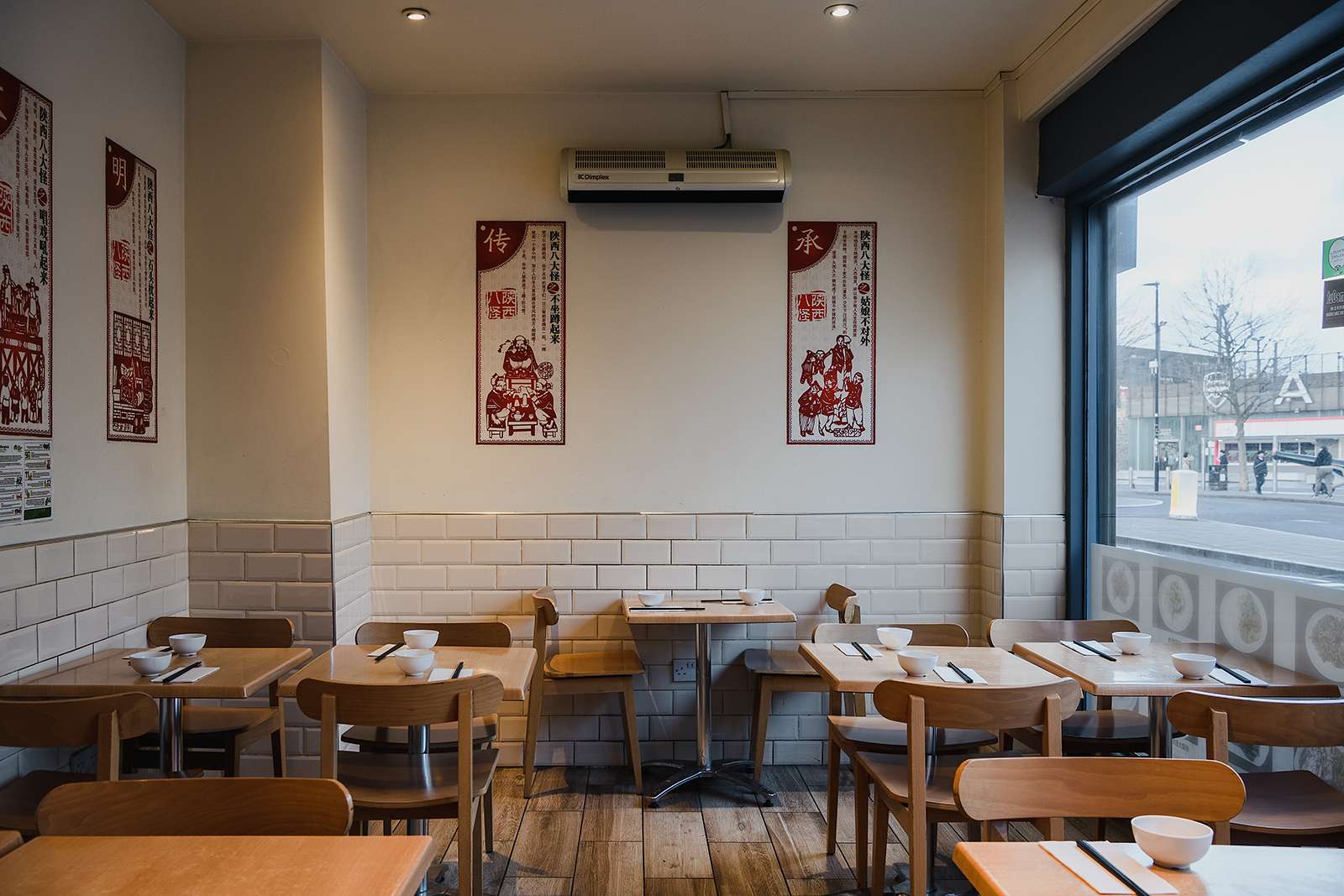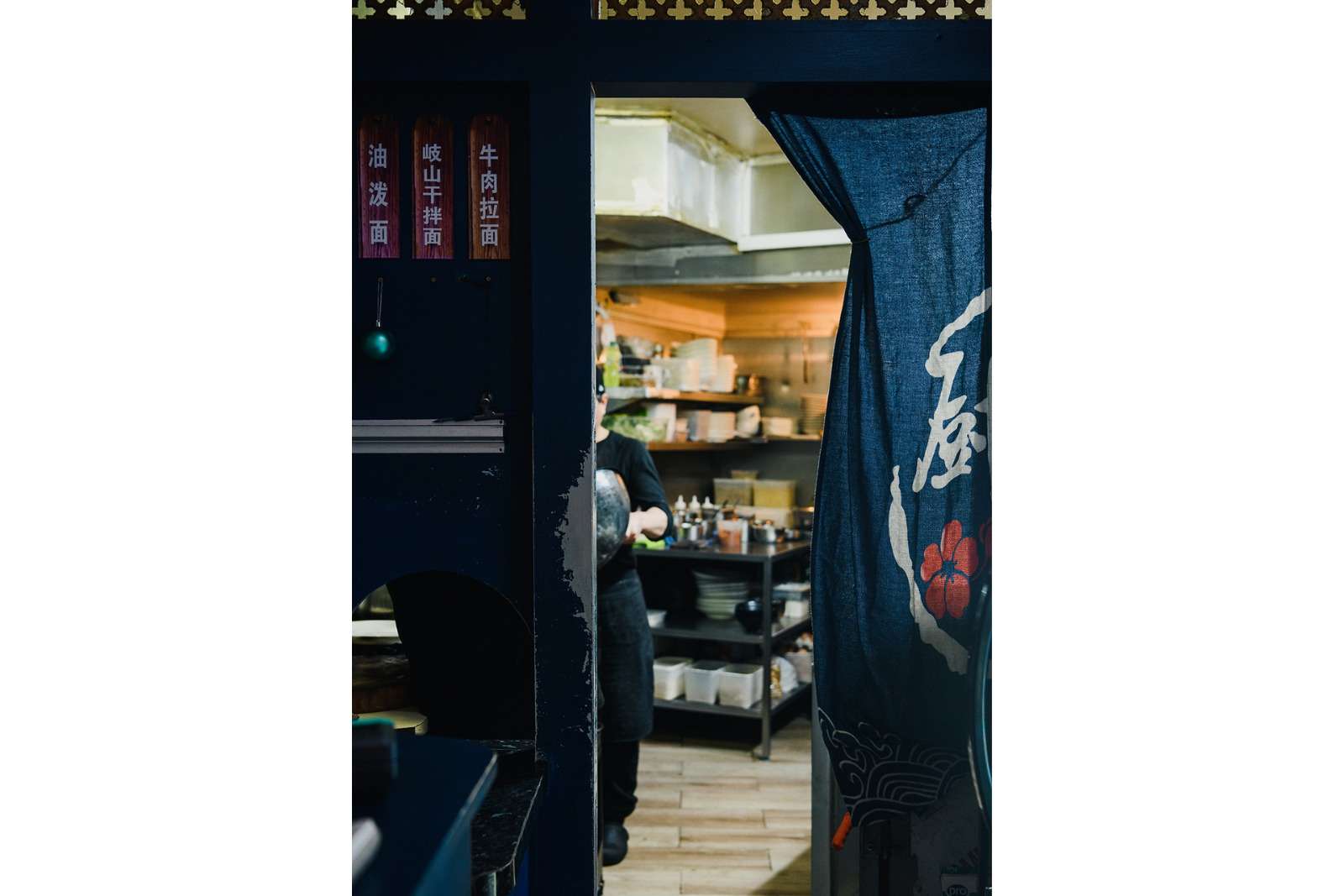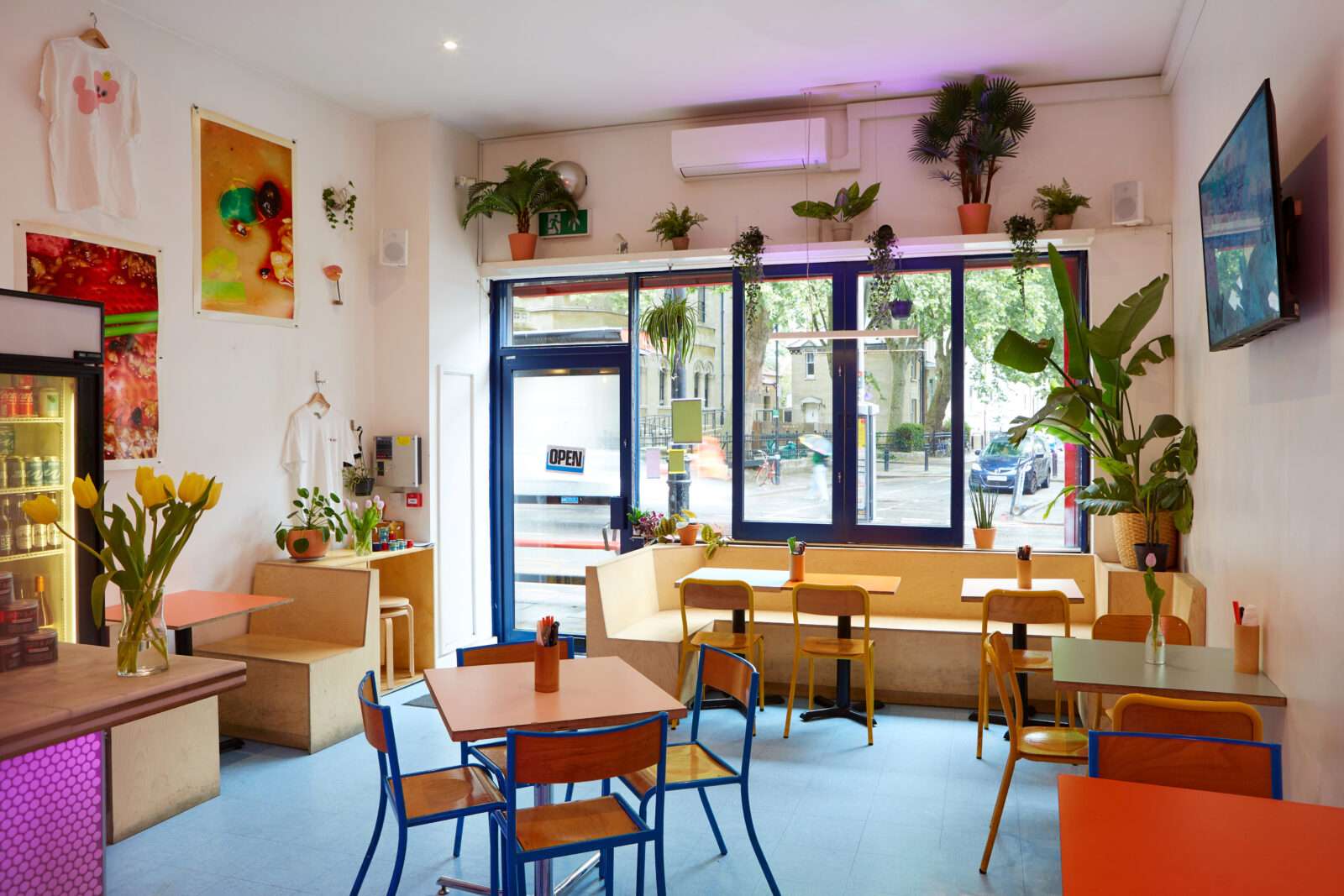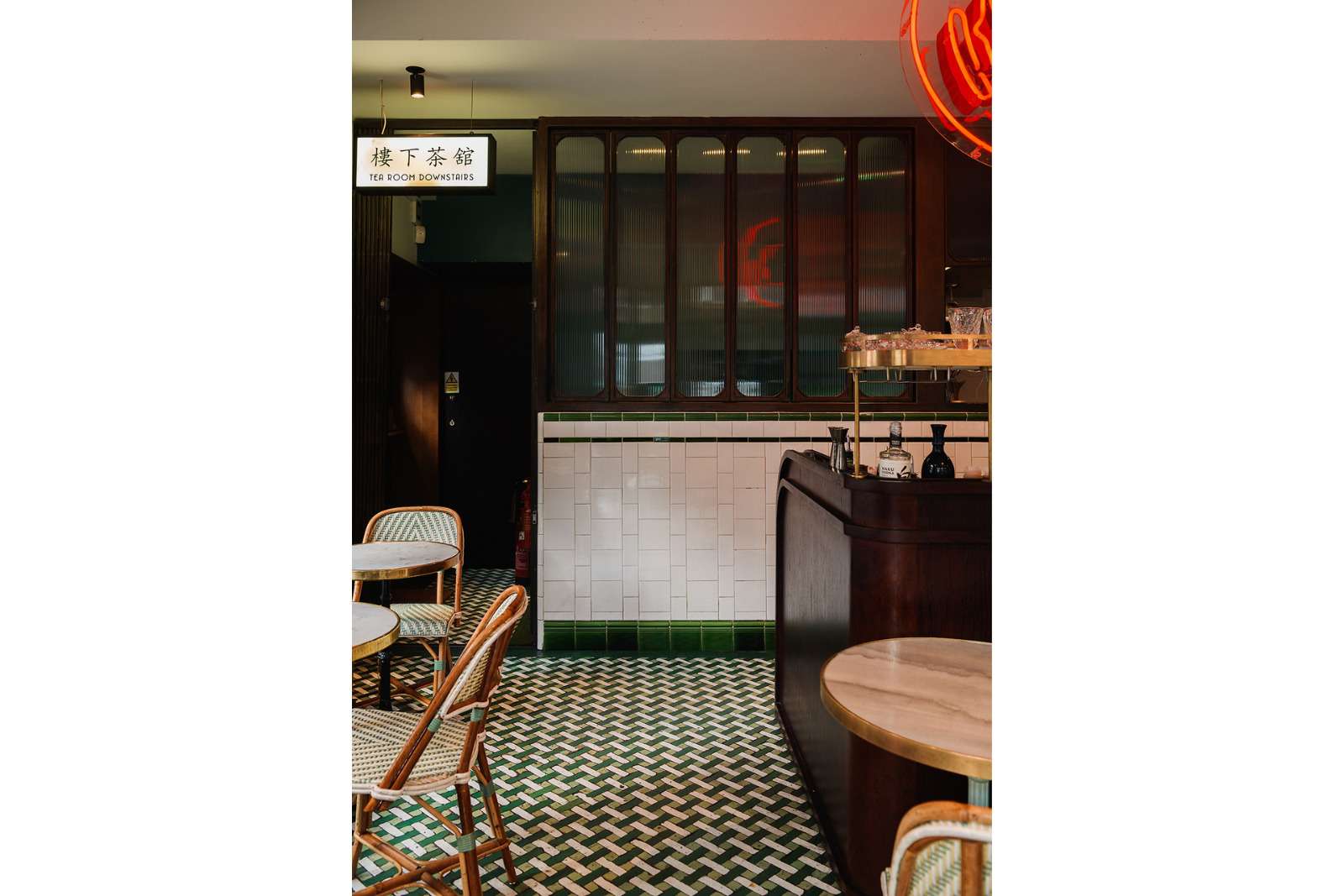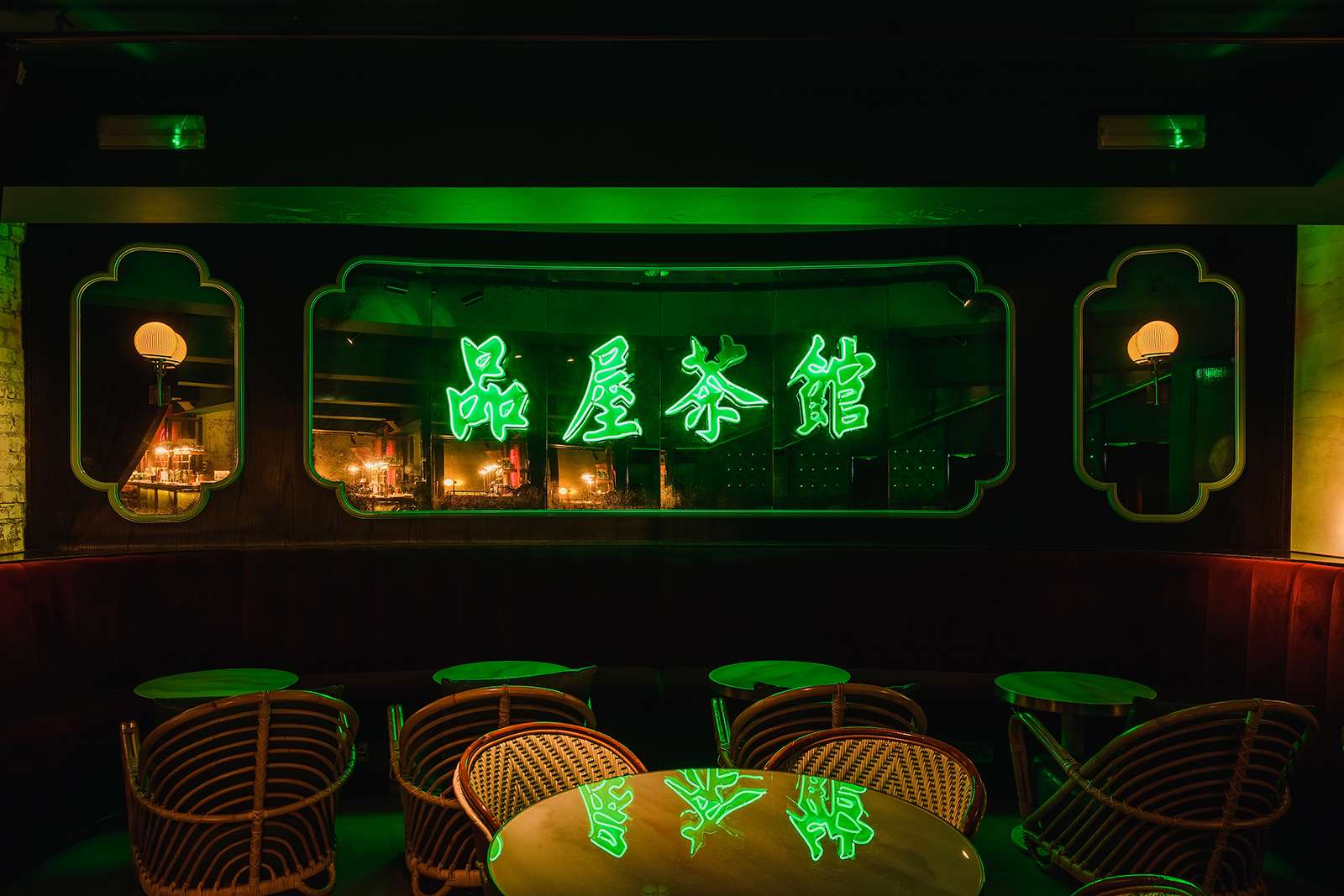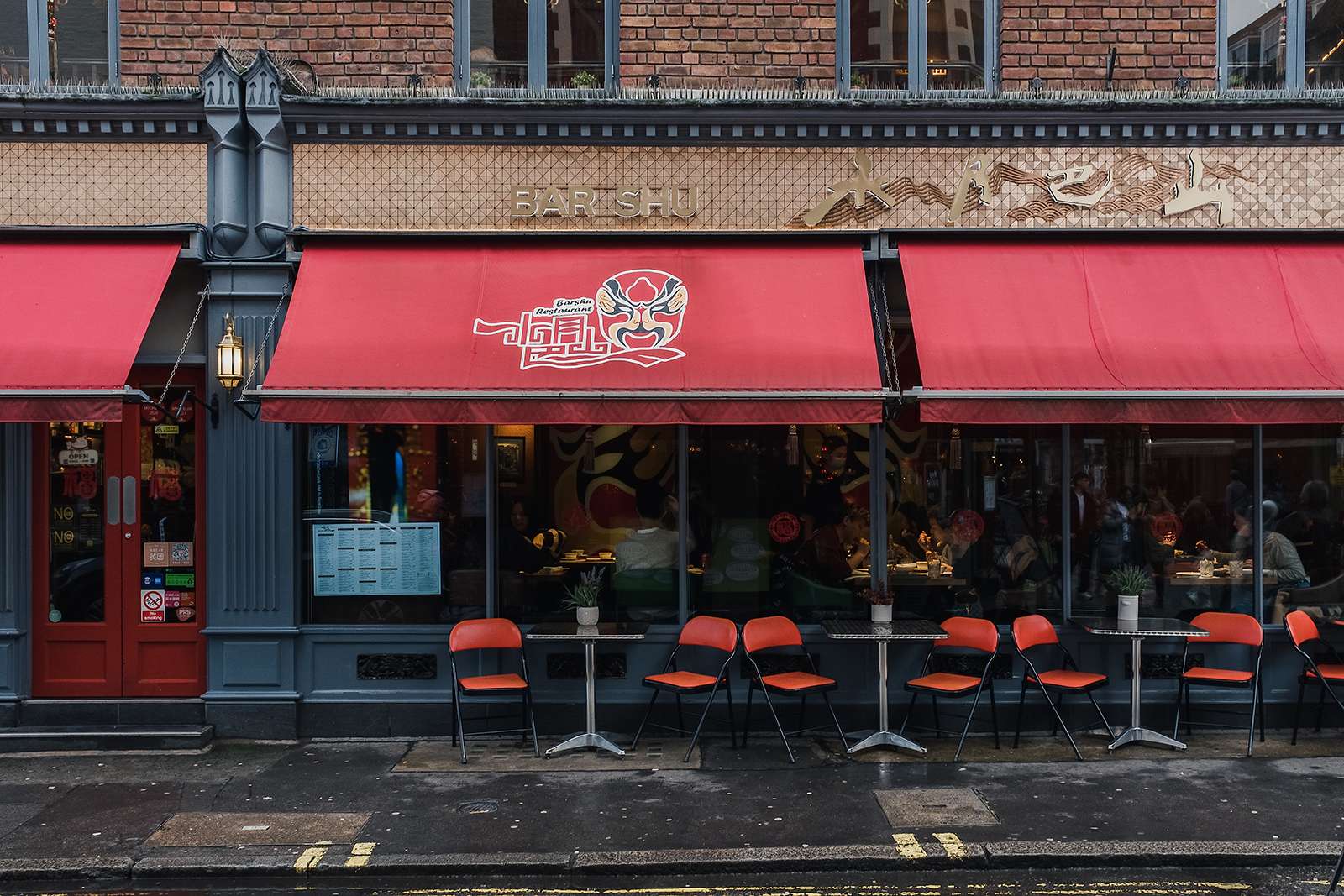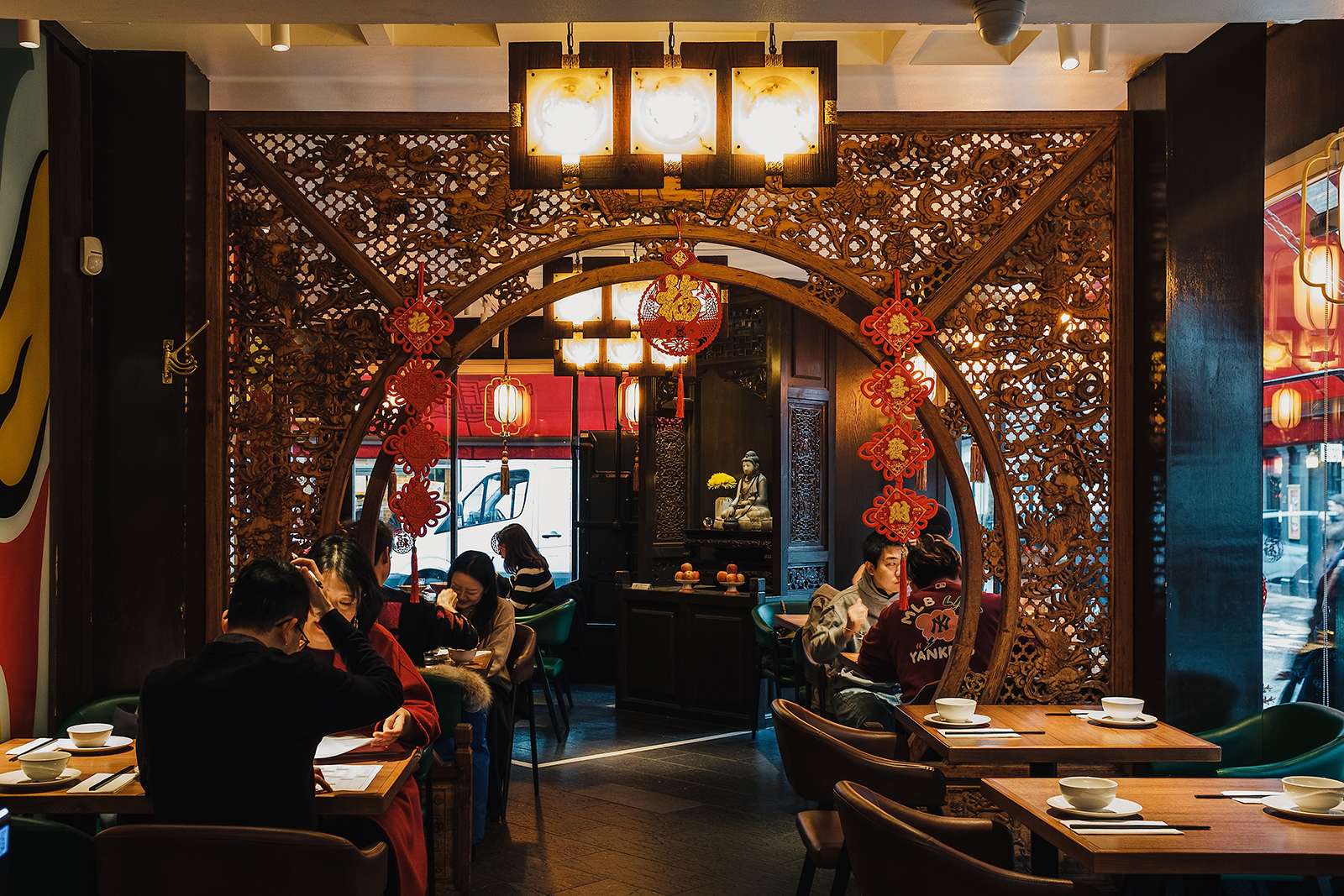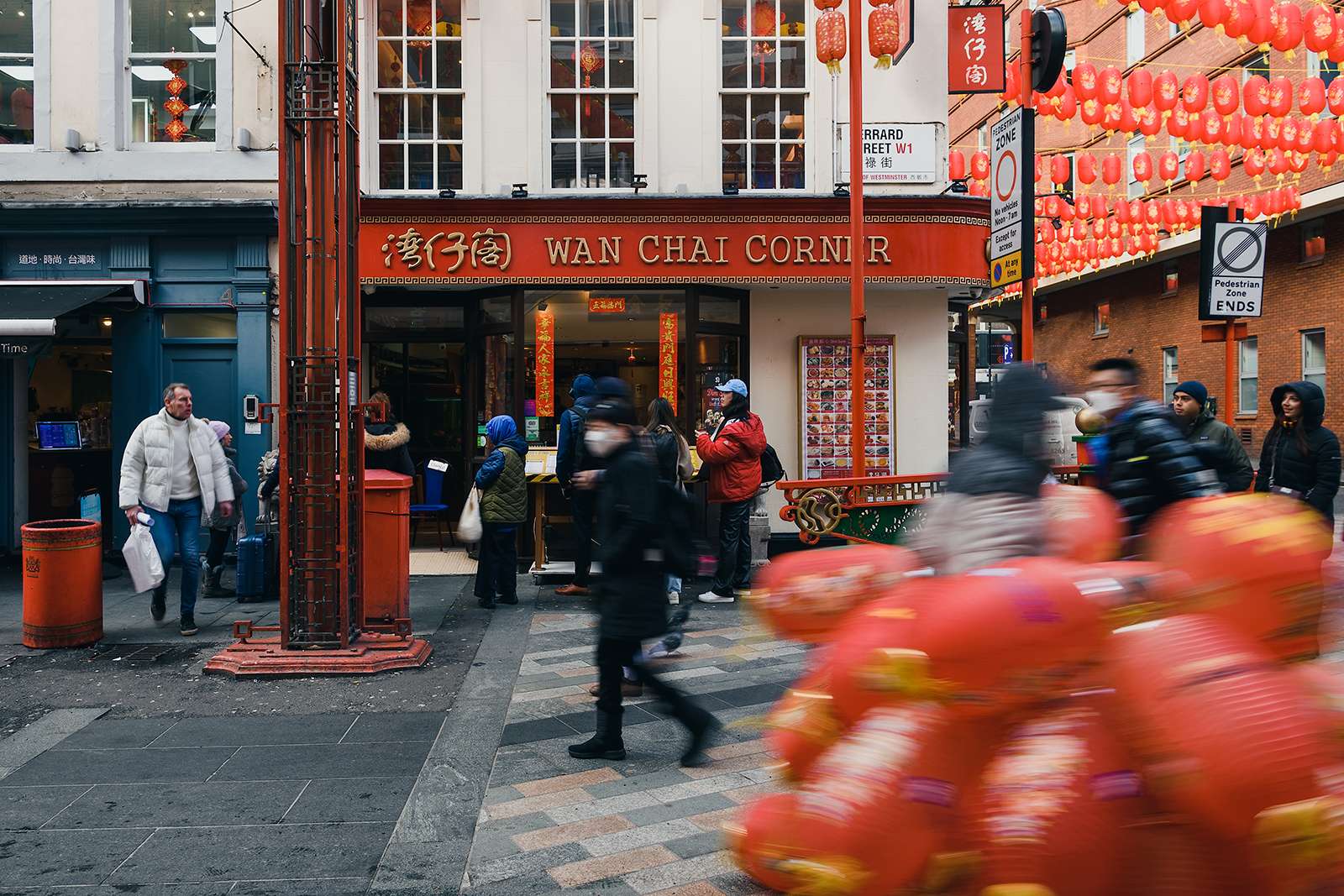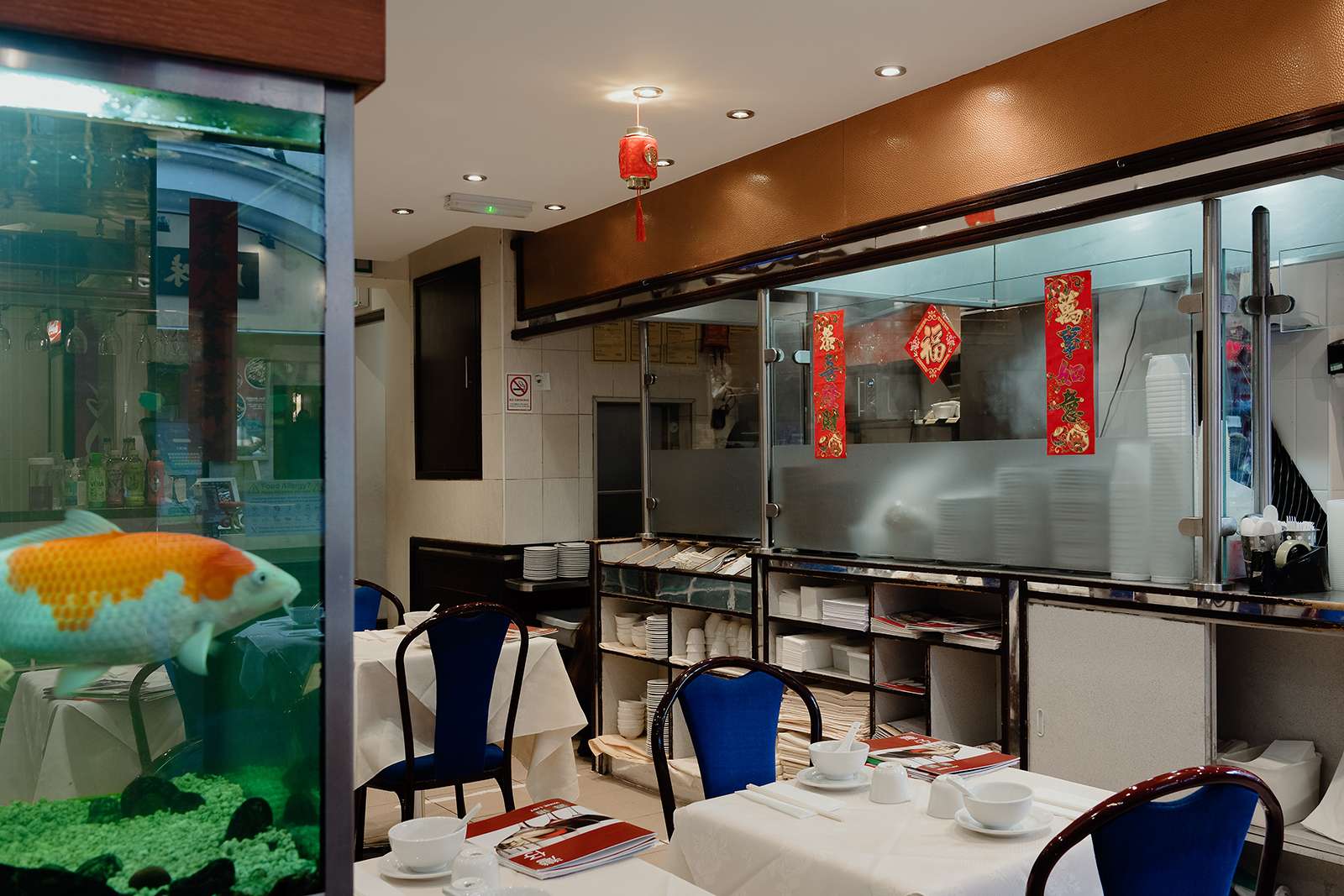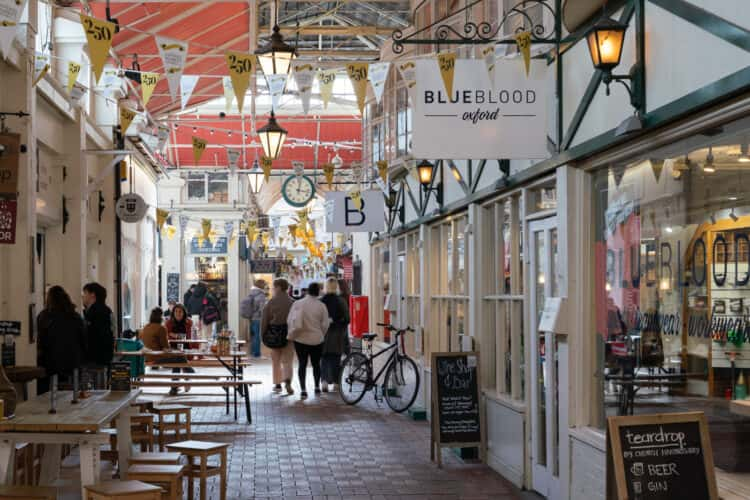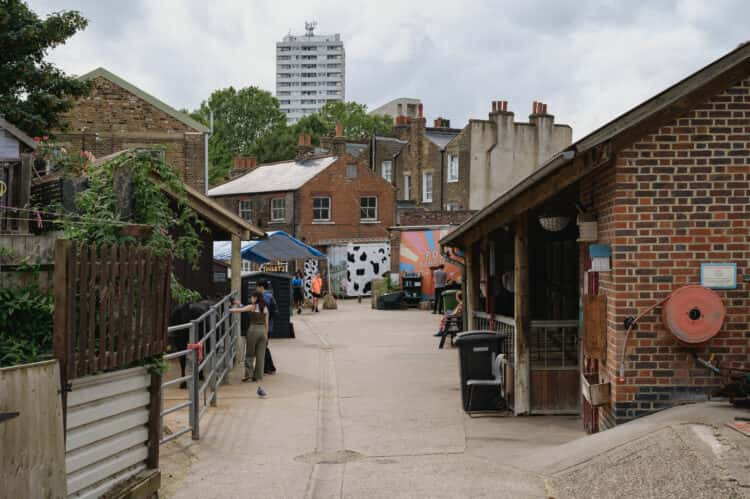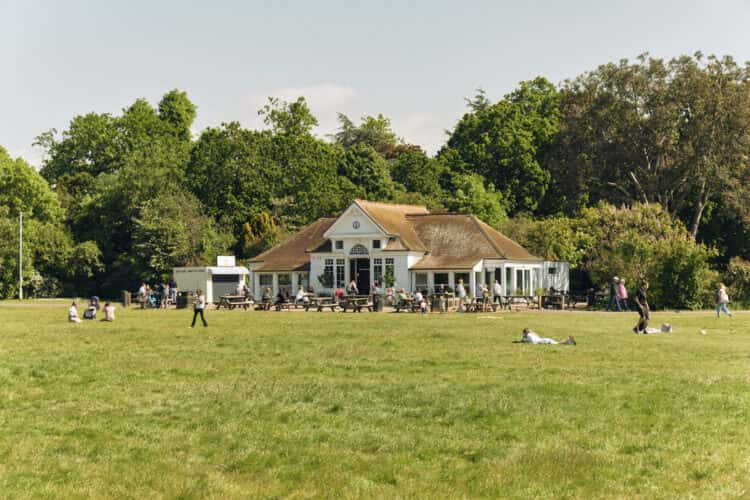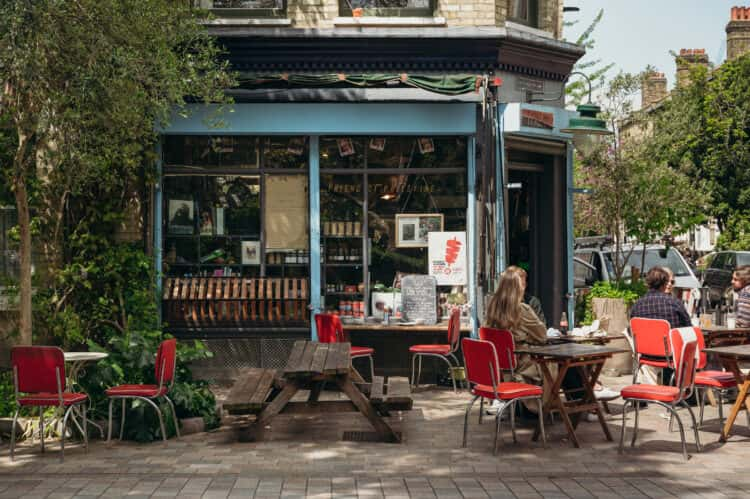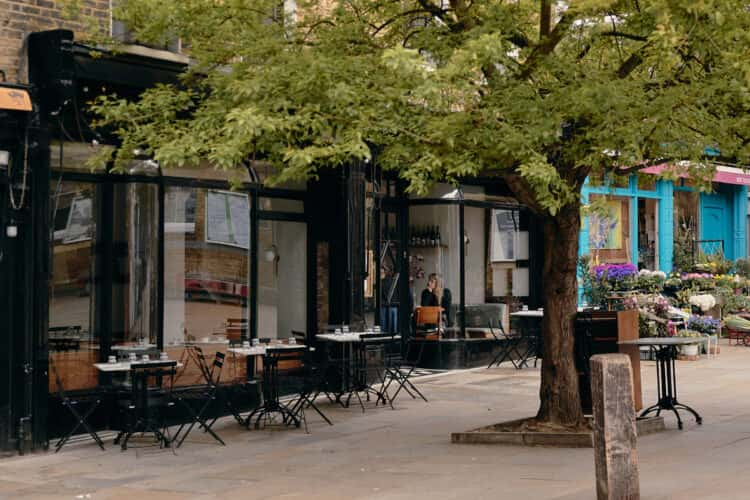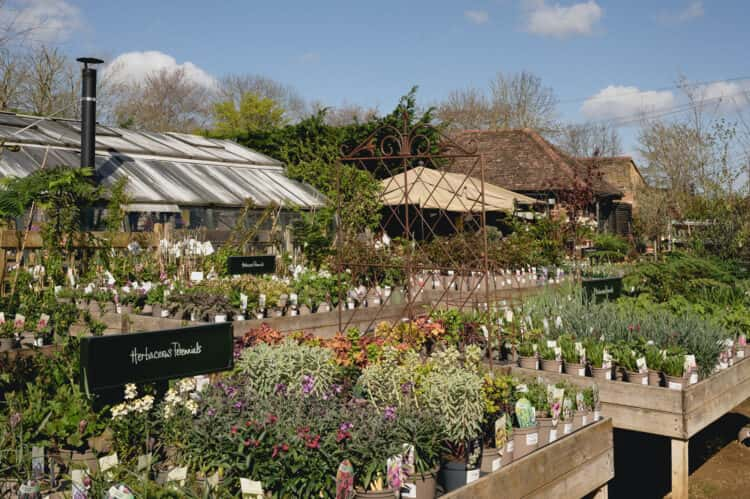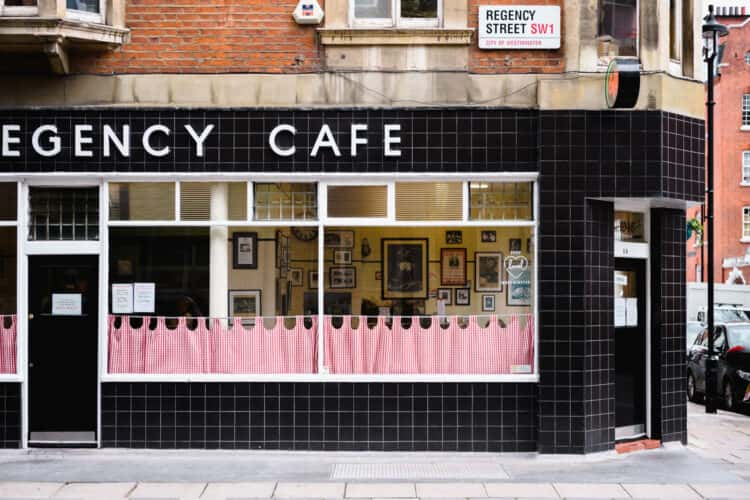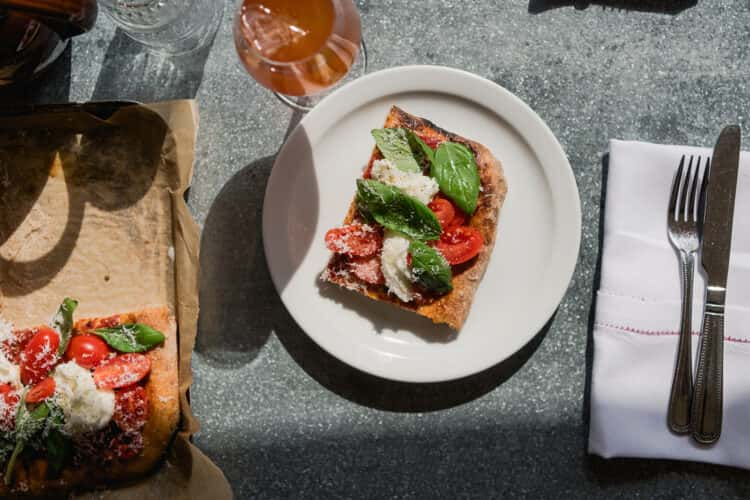Good Fortune: the best Chinese restaurants in London
Chinese cuisine is as expansive as it is nuanced. Eight culinary regions offer different flavour profiles – from the mouth-numbing fire of Sichuan cooking to the mild sweetness of Cantonese fare. And while you’ll find no shortage of dim sum and dan dan noodles in the capital, there are also salty Shandong-style braised meats, thick shimmering hand-pulled noodles from Xi’an, and a fusion of traditional Chinese, central Asian and Middle Eastern spices that hail from all along the Silk Road. And they’re all represented in London, a city bursting with authentic Chinese restaurants, from classic Chinatown establishments to natural wine-forward concepts and cosy neighbourhood spots.
NORTH
1. Etles
The Silk Road stretched across 4,000 miles – and with this expansive trade route came a fusion of culinary traditions, ingredients and flavours. Uyghur cuisine (dominant in Kashgar, a western Chinese city that sits at the end of the historic Silk Road and borders Kyrgyzstan and Tajikistan) features less hot, sour and intense spices – and is instead distinguished by smoky chargrilled meats, deep and nutty scents and sweet dried fruits. This is what you’ll find at Walthamstow’s Etles, where fiery lamb skewers are served alongside delicious, doughy dumplings and the deservedly popular leghmen, a traditional Uyghur dish of stir-fried vegetables and bouncy, sauce-laden hand-pulled noodles.
2. Xi’an Impression
Xi’an Impression was one of the first in London to showcase classic Xi’an fare. While its sister restaurant Xi’an Biang Biang pays homage to the celebrated hand-pulled belt noodles, this spot is known for its snacks: crispy potstickers dipped in tart soy sauce, slippery sweet-potato noodles swimming in a hot-and-sour soup, and pulled pork coated in a special sauce and tucked into soft, floury buns. At this Arsenal institution you’ll also find characteristically spicy Hunan and Sichuan dishes, as well as milder Cantonese meats – the tender braised beef with rice is a simple but effective order.
3. Tofu Vegan
There’s no missing meat at Tofu Vegan. Harking back to the ancient way of cooking and eating in China, where vegetables and grains reigned, the restaurant’s menu is entirely plant-based and spans Sichuan, Cantonese and Dongbei cuisine. Tofu naturally features heavily on the menu, but there are also crispy king oyster mushrooms masquerading as squid, tender morsels of gong bao ‘chick’n’ coated in a signature spicy sauce, all manner of tofu- and mushroom-stuffed dumplings, and the delicious cumin ‘lamm’ that’s a true stand out on the menu. Opt for some of the lesser-known Dongbei dishes, too. Thanks to the region’s colder climes they’re heartier and more rustic. Fill up on a saucy plate of di san xian (stir-fried potato, green pepper and aubergine).
4. Dim Sum Duck
If you’re looking to escape the queues and crowds of Chinatown, head to King’s Cross for Dim Sum Duck’s extensive Cantonese menu. As the name suggests, duck is a speciality here, so don’t leave without ordering a crispy roast bird with pancakes and all the trimmings. As well as the usual steamed dumpling, its crackling garlic prawn spring rolls are particularly delicious, as are its rich and creamy salted-egg buns (although one is probably enough). Shredded-pork fried noodles – crispy, thin and stained with dark soy – also deserve a place on the table, along with a plate of crunchy stir-fried broccoli, in a veiled attempt at adding health to your order.
SOUTH
5. Silk Road
South London locals flock to Silk Road, a cosy neighbourhood spot in Camberwell where you can make friends across the wooden dining tables and tuck into its selection of dumplings, stews and noodles. Expect Sichuan-style heat, but the real gems are its Xinjiang specialities that hail from the north-west Chinese region – a culinary melting pot of Chinese flavours, central Asian spices and Middle Eastern cooking styles. Think meat shishes seasoned with cumin, roasted kebabs and sour soups filled with glossy hand-pulled noodles. Don’t skimp on either the home-style cabbage that rivals the deep flavours of meatier meals, or its ‘Big Plate Chicken’ – a signature Xinjiang poultry dish with potatoes and vegetables, sauteed in hot spices and served over thick belt noodles.
6. Dragon Castle
Dragon Castle adds subtle drama to the dim-sum dining experience with its stone dragon sculptures that flank the heavy red-and-gold doors that greet you upon arrival. The food follows suit. Succulent roasted meats and steaming plates of fish are perfect orders for big groups, and the claypot dishes also make an impression – this traditional way of cooking keeps tofu, seafood and meat tender and falling apart. Steamed dumplings are always a good order but make sure to leave room for crunchy sesame-prawn toast to dip into the sweet-and-sour sauce, and the sizzling-beef fillet, sticky and sweet from a mandarin marinade.
EAST
7. Lucky & Joy
Inspired by the Xinjiang dishes they’d become enamoured with at Silk Road and from their time travelling through China, ex-Moro chef Ellen Parr and drinks expert Pete Kelly’s Lucky & Joy is a bright, intimate Clapton gem. At lunch, there are sticky-rice bowls paired with unctuous pork belly or spicy Sichuan aubergine; banh mi baguettes bursting with lemongrass chicken and peppery tofu, or cumin-spiced lamb burgers taking cues from Xi’an-style flavours. Later in the evening, there are cold and creamy sesame noodles and black vinegary peanuts to snack on. And don’t miss out on an order of Grandma’s potatoes – a warm strachy smashed salad spiked with chilli and pickled mustard greens.
8. Facing Heaven
Nestled between London Fields and Mare Street, the neon-lit Facing Heaven is the second iteration of a Sichuan food concept from Los Angeles chef Julian Denis. It’s a forever-busy Hackney neighbourhood joint where you’re just as likely to enjoy a glass of orange wine as you are a plate of lip-numbing noodles. The twist? It’s completely vegan. The food is faultless and doesn’t miss a beat, even without the meatier elements usually ubiquitous in Chinese cooking. Named after the facing heaven pepper, there is plenty of chilli kick in every dish. The ‘wacked’ cucumbers are bathed in tart spicy brine while the plant-based dumplings come slathered in chilli oil. The same is true of the dan dan noodles, which strike the perfect balance between spice, salt and peanutty creaminess. These three are staples on the otherwise rotating menu, but if you get a chance to try the tiger-skin cheeseburger, do – and save all the oil for dipping.
9. Sichuan Folk
Tucked away among the multitude of fragrant curry houses on Brick Lane, Sichuan Folk serves up supremely authentic – yes, you guessed it – Sichuan cooking. Regulars (and the menu) will tell you to go for the twice-cooked pork belly for good reason – salty, melt-in-your-mouth meat collides with hot, sour pickled chillies and seared spring onions. But we’d also recommend trying the traditional boiled fish coated in sizzling chilli oil to share with a side of garlic-laden stir-fried morning glory. For the more confident meat-eaters, there are tender slices of offal kissed by fire and spice, while vegetarians can tuck into the ever-popular mapo tofu minus the mince, or the soft, braised aubergines in a rich soybean sauce.
10. Xi’an Biang Biang
Named after the western Chinese city and the region’s famed belt noodles, Xi’an Biang Biang – the first sister restaurant of north London’s Xi’an Impression – is a fast, casual and affordable canteen with a refreshingly streamlined menu. Of course, a plate of hand-pulled biangbiang noodles slicked in a bright chilli sauce topped with tender beef is a must, or if you prefer your them thinner and shimmering in hot, sour liquid gold, opt for the Qishan soup. When the cold hits and you’re looking for a bowl of comfort, the restaurants pork-and-veg wontons in chicken broth will be your cure.
11. Dumpling Shack
Spitalfields Market is full of good food, but Dumpling Shack always has the biggest queue. Lunchtime locals vye for a plate of sheng jian bao – doughy yet crispy pork-and-leek soup dumplings batch-cooked in huge woks that keep the bottoms browned and the tops steamed and fluffy – or a bowl of prawn-and-bamboo wontons drenched in the restaurant’s famous mala chilli oil, which is available to buy in jars for liberal home use. The scallion pancakes aren’t always on the menu, but when they are, they sell out quickly. Around the corner, its little sister restaurant Fen puts out Xi’an-style belt noodles with lamb amongst other lip-smacking dishes. Meanwhile in London Fields, the team has opened Sichuan Fry, where tender and crunchy fried chicken gets the northern treatment.
WEST
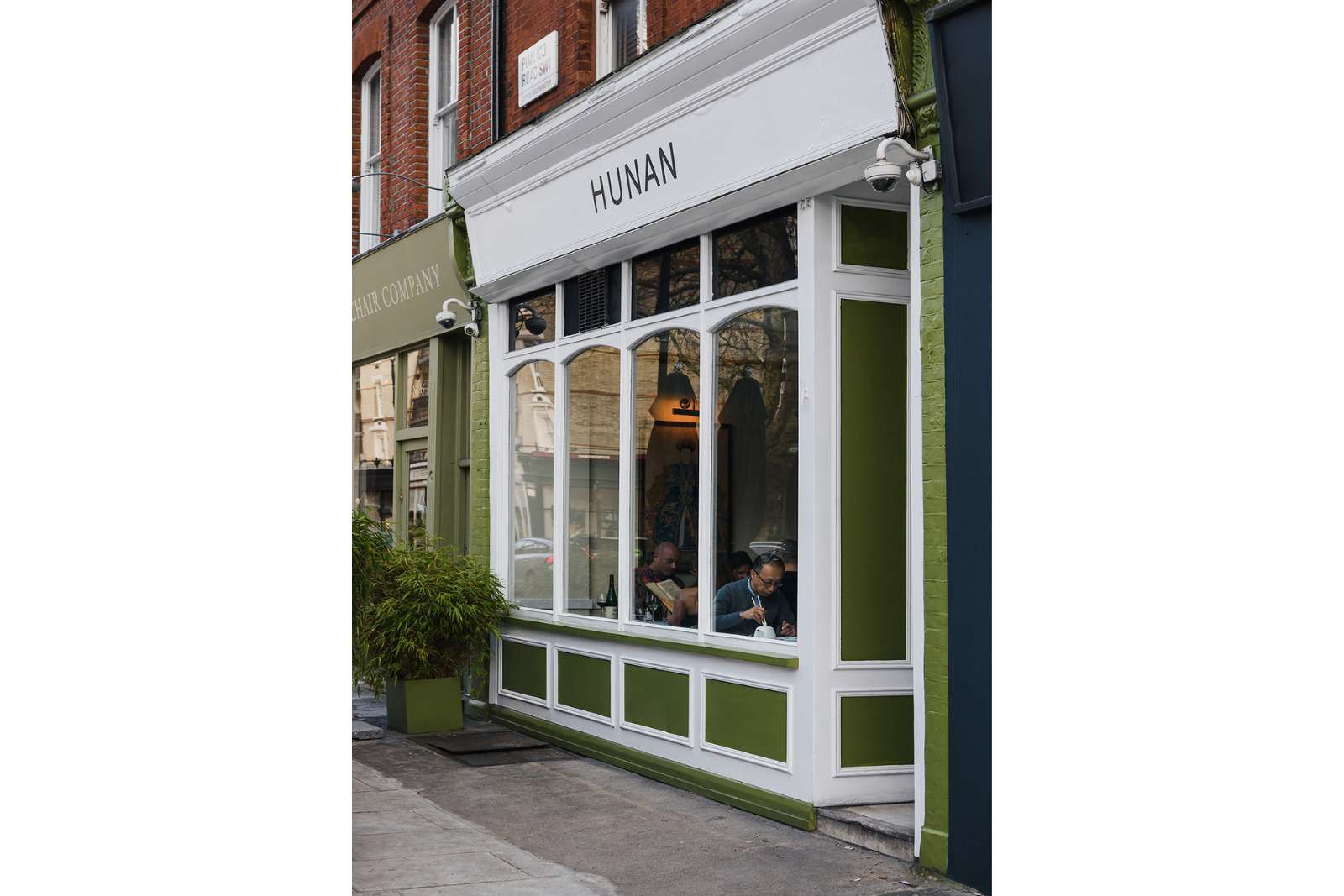
12. Hunan
There’s a certain level of trust required of diners at Pimlico’s historic no-menu Chinese restaurant Hunan. But it’s not the pure heat of this particular region that reigns; there’s a far more prevalent Taiwanese influence in the 12-18 courses that have developed over the restaurant’s 40 years. One signature dish is widely known: minced pork floating in a rich broth with earthy mushrooms and fiery ginger, but the rest is somewhat of a surprise. They also have an extensive wine list; think light, velvety reds and fruity, aromatic whites that balance out the robust, spicy flavours of Chinese cooking.
13. A Wong
Andrew Wong’s eponymous double Michelin-starred restaurant, A Wong, is a celebration of regional Chinese cooking. This is a place that gets tasting menus just right, from the nostalgic ‘Touch of the Heart’ dim sum selection to the theatrical evening ‘Taste of China’ menu that takes three hours to experience. Traditional dishes get the fine-dining treatment, such as the nostalgic ‘Memories of Peking Duck’, which forgoes the classic pancake wrap in favour of foie gras and smoked duck instead. On this menu, you’ll find dishes from all different cuisines. Cantonese barbecue sweetened with plums, wild Anhui ferments, cumin-laced Shaanxi pulled lamb, and the provocatively named ‘Why We Don’t Need to Eat Shark’s Fin Soup’.
CENTRAL
14. Bun House and Wun’s Tea Room & Bar
“Drink tea, eat bun” is the motto at Bun House, although it surely applies to its sister restaurant, Wun’s Tea Room & Bar, too. At Bun House, fluffy buns are, of course, the go-to order. You’ll find them filled with sticky barbecued pork belly, succulent chicken thighs coated in coconut curry or salted egg yolks unusually paired with carrot juice. There’s also dim sum and dumplings to choose from, but we’d suggest the Hong Kong curry fish ball with chilli crisps for something a bit different; as well as the kaya French toast served with jasmine-infused clotted cream. Wun’s is the place to go for traditional tea – opt for the West Lake Dragon Well if you want to bear witness to the subtle drama of a Chinese tea ceremony. And while the food menu is all mouth-watering refined Chinese plates, the cocktail menu really caught our eye. It’s a saffron negroni for us.
15. Barshu
Barshu is a Soho institution serving up fiery Sichuan cuisine just behind Shaftesbury Avenue. If you’re heading for lunch, make your way upstairs, where you’ll be seated amongst Asian frescos, intricate wooden carvings and dark mahogany tables. Go for the Sichuan tapas – the menu features classic dishes like dark and shiny slivers of cloud-ear fungus served cold and drenched in soy sauce and vinegar; plates of sticky aromatic chicken spiked with hot Sichuan peppercorns; or if you dare, the house-pickled chilli with chicken feet. No Sichuan meal is complete without an order of chilli-soaked dan dan noodles; here they’re notably mentioned on the menu as “legendary”, served with salty pork mince and finely sliced cucumber. If you’re popping in for dinner, opt for the whole roast sea bass served family-style at the table, with an order of steamed rice to soak up all the spicy, garlicky goodness.
16. Wan Chai Corner
Wan Chai Corner is a four-floor paean to yum cha (the Cantonese tradition of brunch involving Chinese tea and dim sum). Timing is crucial: there are zero reservations and you’ll often find winding queues outside the Gerrard Street establishment on a weekend, so we suggest a weekday visit at 12pm – sharp. Our order? A pot of jasmine tea, any and all prawn dumplings, but in particular the cheung fun, crystal prawn-and-scallop ones topped with shrimp-studded XO sauce. If you’re going with a crowd, order a couple of large wonton soups for the table – and don’t forget to ask for their extra-hot house-made chilli oil.
17. Er Mei
Er Mei is another great Sichuan spot with a vast and delicious menu of authentic dishes. There are no small portions here, so come with a big appetite. A crowd favourite is the spicy Sichuan hotpot, served in the middle of the table for everyone to tuck into and brimming with thinly sliced meat, seafood, crunchy Chinese vegetables and soft tofu. If you’re overwhelmed by choice, the set dinner menus give a taste of some of the most popular dishes. The kung pao chicken is sticky, mild and distinctly moreish, while the soft and tender aubergine peppered with salty pieces of pork is a highlight.
